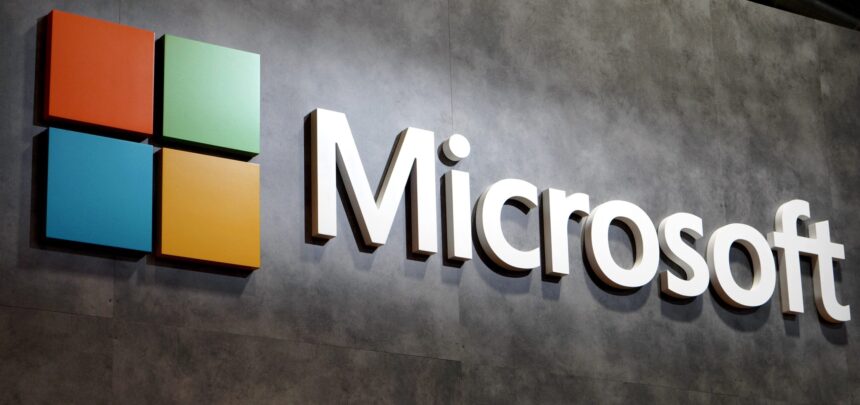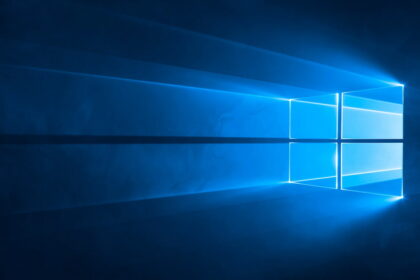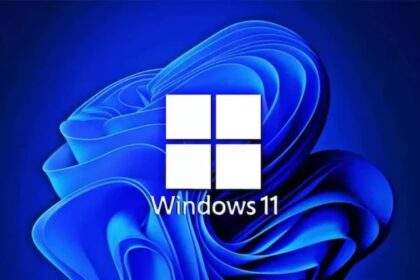Microsoft just shared how much money they made from January through March this year. They brought in $62 billion total and got to keep $21.9 billion of that as profit. That means their revenue was up 18%, and their profit was up 33% compared to last year.
These numbers include Activision Blizzard King’s finances for the first time since Microsoft is buying them. Games are now a big part of Microsoft’s business because of it. Gaming has become their third largest source of income, trailing only Microsoft 365 with Office and other software and Azure, their cloud computing services. It’s ahead of even Windows now in terms of making them money.
Microsoft 365 and Azure, the main pillar of the company
Microsoft 365 with Office and Azure cloud computing remain Microsoft’s biggest money makers. Together, they deliver about 60% of Microsoft’s total revenue. So Microsoft is continuing to focus a lot on growing those services.
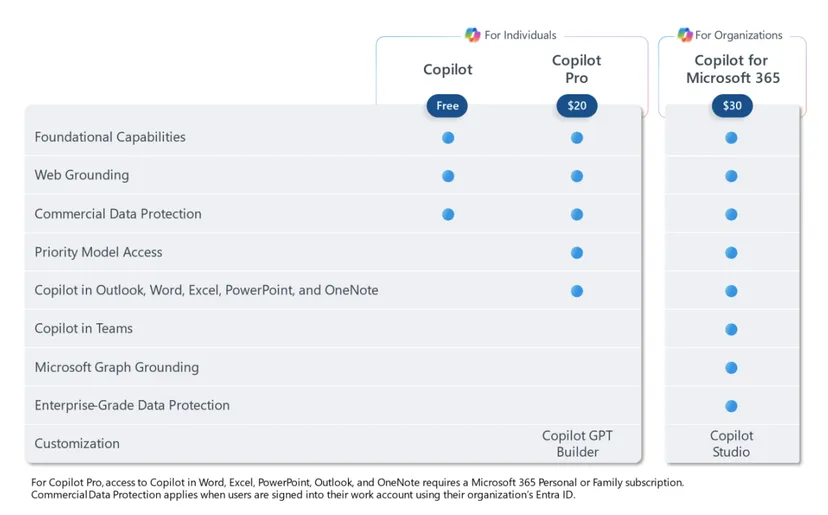
We’ll have to wait and see how much their new Copilot coding assistant contributes to future financial results since it only launched widely in March. Don’t forget Copilot is being sold as an add-on to Microsoft 365 subscriptions for $30 per month. Regular home users can also try Copilot Pro for $22 per month. People will also have to buy credits to use Copilot and Microsoft Designer.
Meanwhile, the Microsoft Office division grew 13% compared to last year. For home office products, they now have 78.4 million subscribers, which suggests their cheaper Microsoft 365 Basic plan has been very popular. Overall, their Office and cloud services division went up 15%. That means Microsoft 365 now has 400 million business customers.

Even though Copilot’s impact hasn’t shown up yet, Microsoft bringing OpenAI into Azure has paid off. Azure and their other cloud products grew 30% over last year. Microsoft estimates services involving artificial intelligence on Azure already make up 6% of Azure’s revenue.
The surface fails to recover at the pace of Windows.
Windows is bouncing back after having some weaker financial results last year. Sales of Windows to PC makers grew 11% in the January-March quarter, showing the PC market is recovering and stabilizing. This makes six months in a row of growth for Windows. Experts expect sales to stay steady next quarter, too.
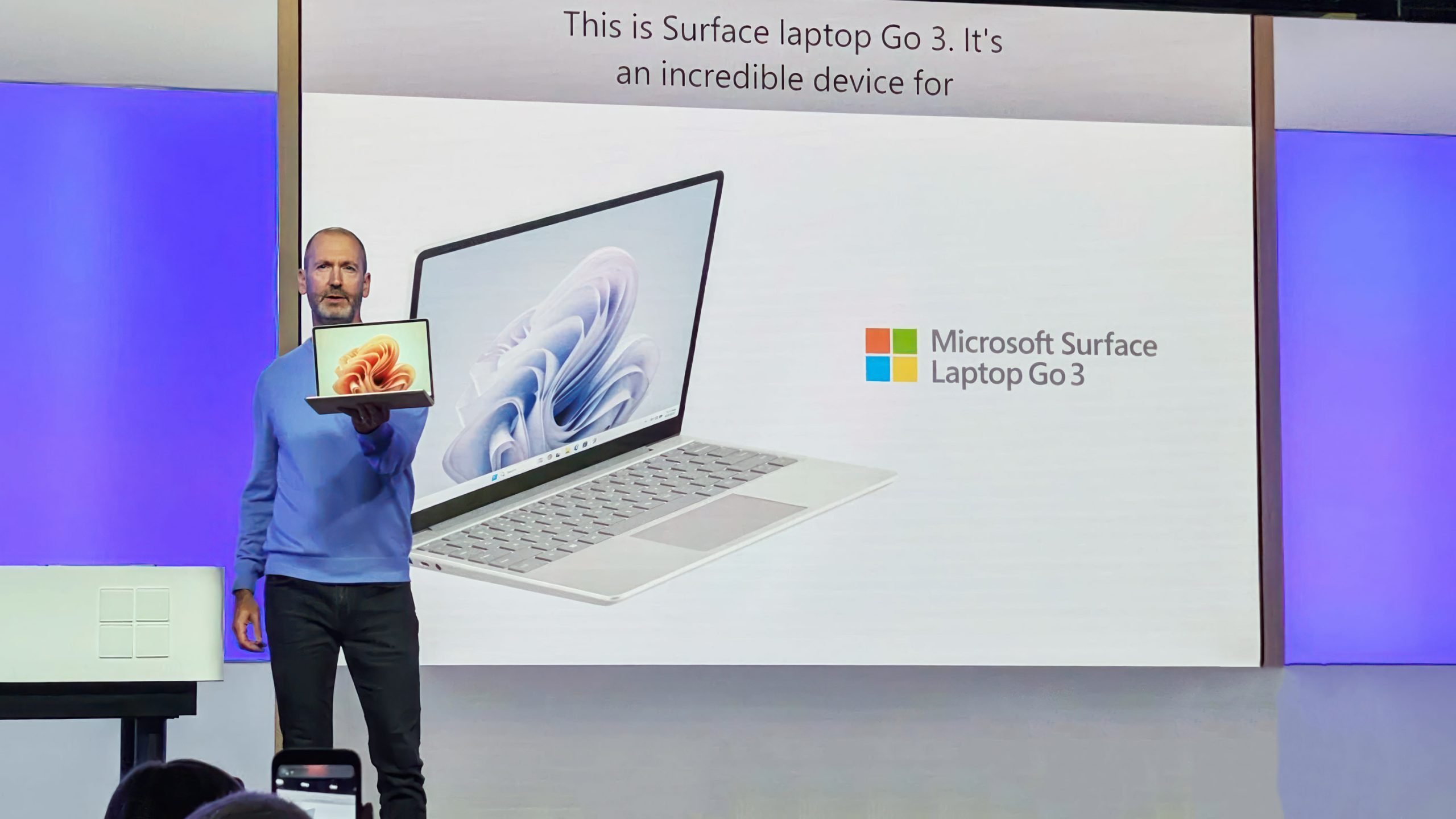
Meanwhile, Microsoft’s own Surface hardware division continues to struggle. Surface sales have dropped for five quarters in a row, falling 9% in this latest report. Still, Microsoft’s Chief Financial Officer Amy Hood said this decline was better than they feared. She hopes Surface revenues will keep gradually decreasing over the next quarter as well.
All the new Surface devices launched last year – like the Surface Laptop Studio 2, Surface Laptop Go 3, and Surface Go 4 – haven’t managed to reverse the downward trend. As Satya Nadella, Microsoft’s CEO, put it:
“The number of PCs being sold is back to pre-pandemic levels.” But regular PC makers seem to have figured things out better than Microsoft’s own Surface team. The Surface division is still searching for direction since longtime leader Panos Panay left.
Microsoft Gaming stands out thanks to Activision Blizzard
Many people were curious to see the effect of Microsoft acquiring Activision Blizzard on the gaming segment’s revenue. Activision Blizzard now reports its finances directly under Microsoft’s overall gaming unit, where Xbox had dominated until now. Revenue from Xbox content and services, including Xbox Game Pass, increased 61%. Activision Blizzard is responsible for most of that big increase.
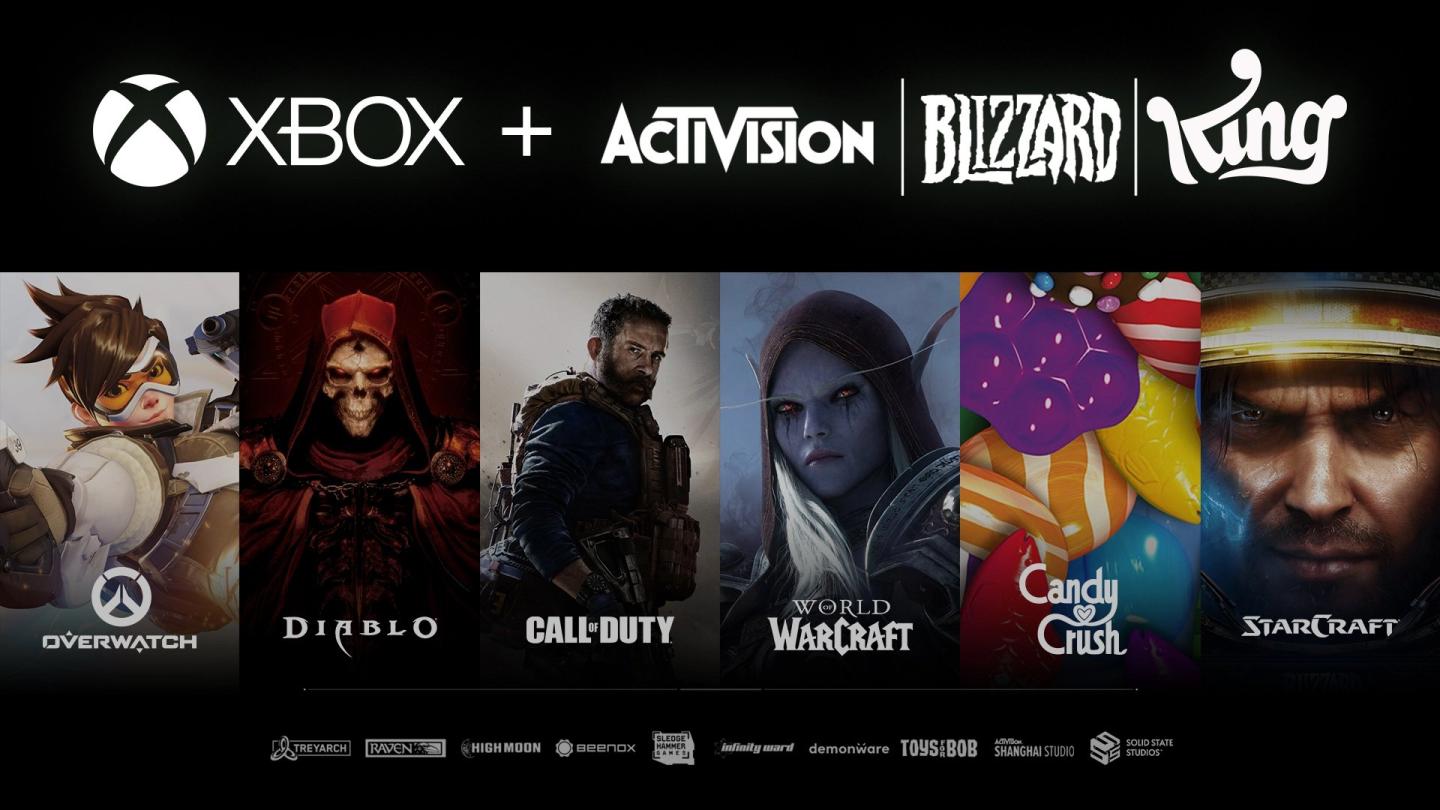
That does raise the question – how would Microsoft Gaming have performed without adding Activision Blizzard’s numbers? Microsoft still has more work to do balancing out costs versus revenue here.
Microsoft says Activision Blizzard contributed $2 billion in extra revenue. However, integration expenses, transaction fees, and other costs amounted to $930 million. Add in $1.59 billion for regular operating costs, and you get to a $440 million loss for gaming this quarter when you combine all those factors.
That aligns with Microsoft making big adjustments already at Activision Blizzard, like laying off 1,900 employees. Microsoft also changed up many of Xbox’s leadership teams, including Activision’s president, and outsourced the distribution of physical game copies.
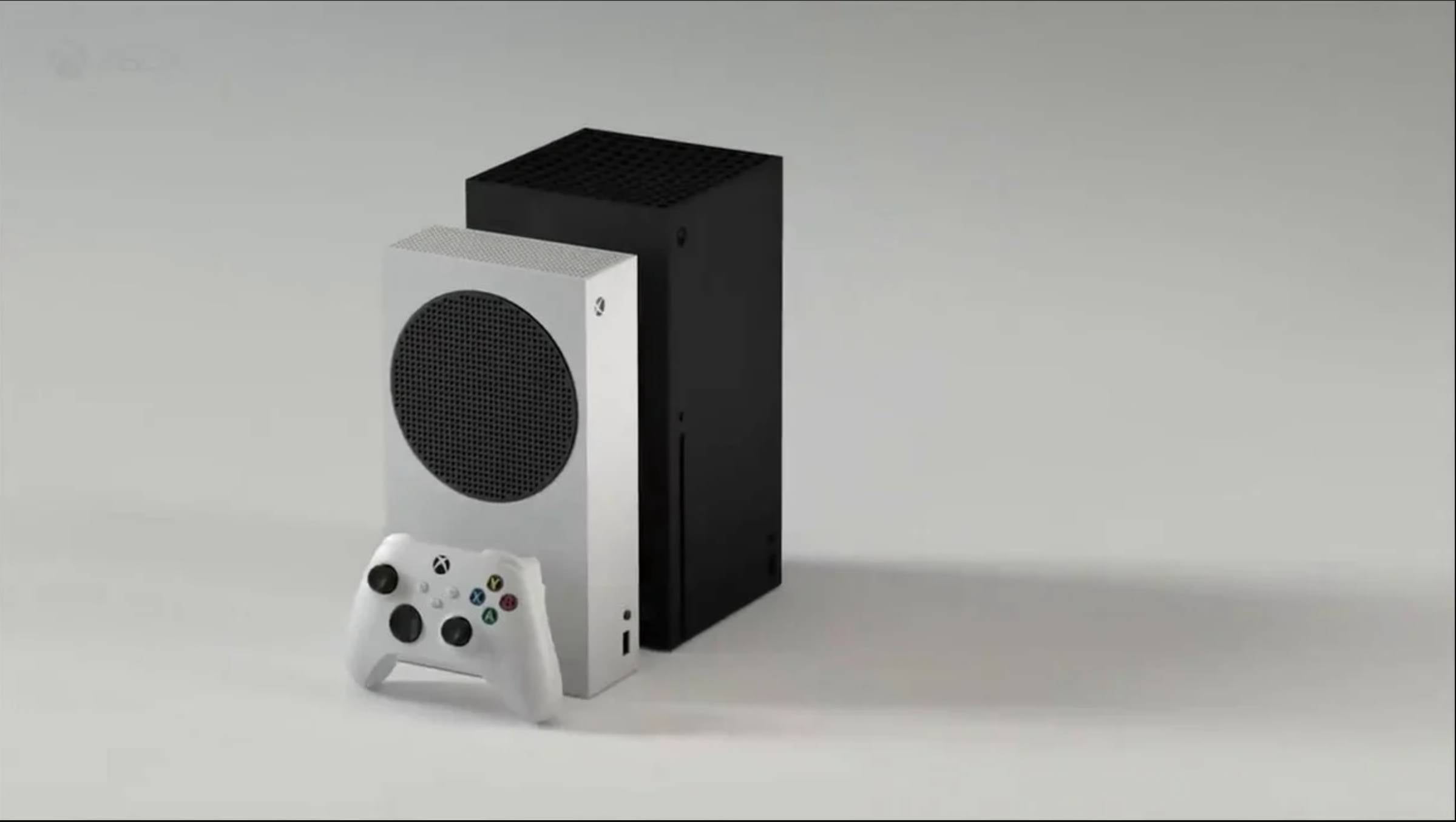
Looking specifically at Xbox, hardware sales were up only 3% year-over-year. That’s really weak growth for the holiday season quarter, considering all the discounts Xbox offered worldwide. Amy Hood admitted that “the console market was weaker than we expected.” Overall, though, including Activision Blizzard now, total Microsoft Gaming revenue jumped by 49%.

